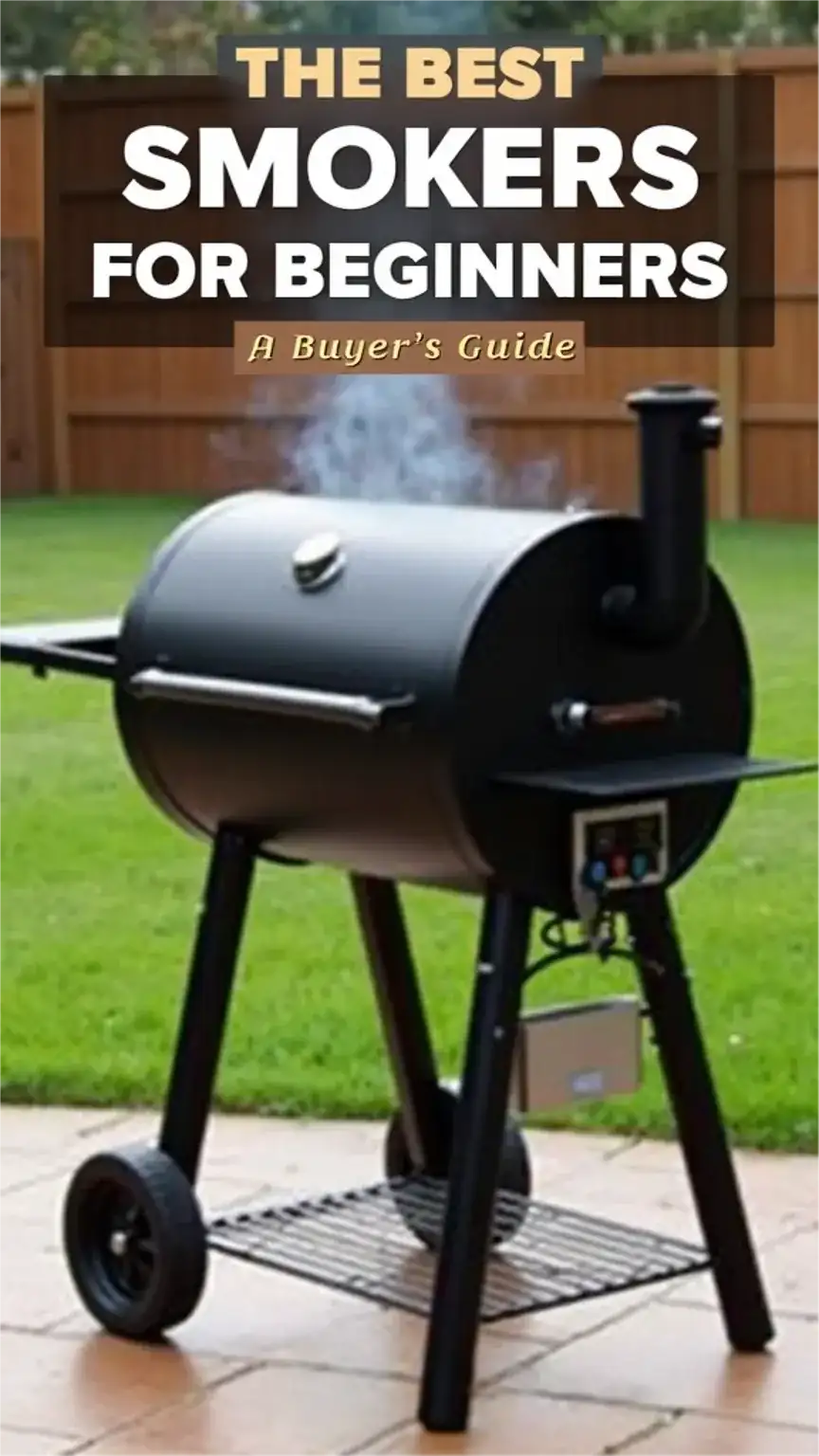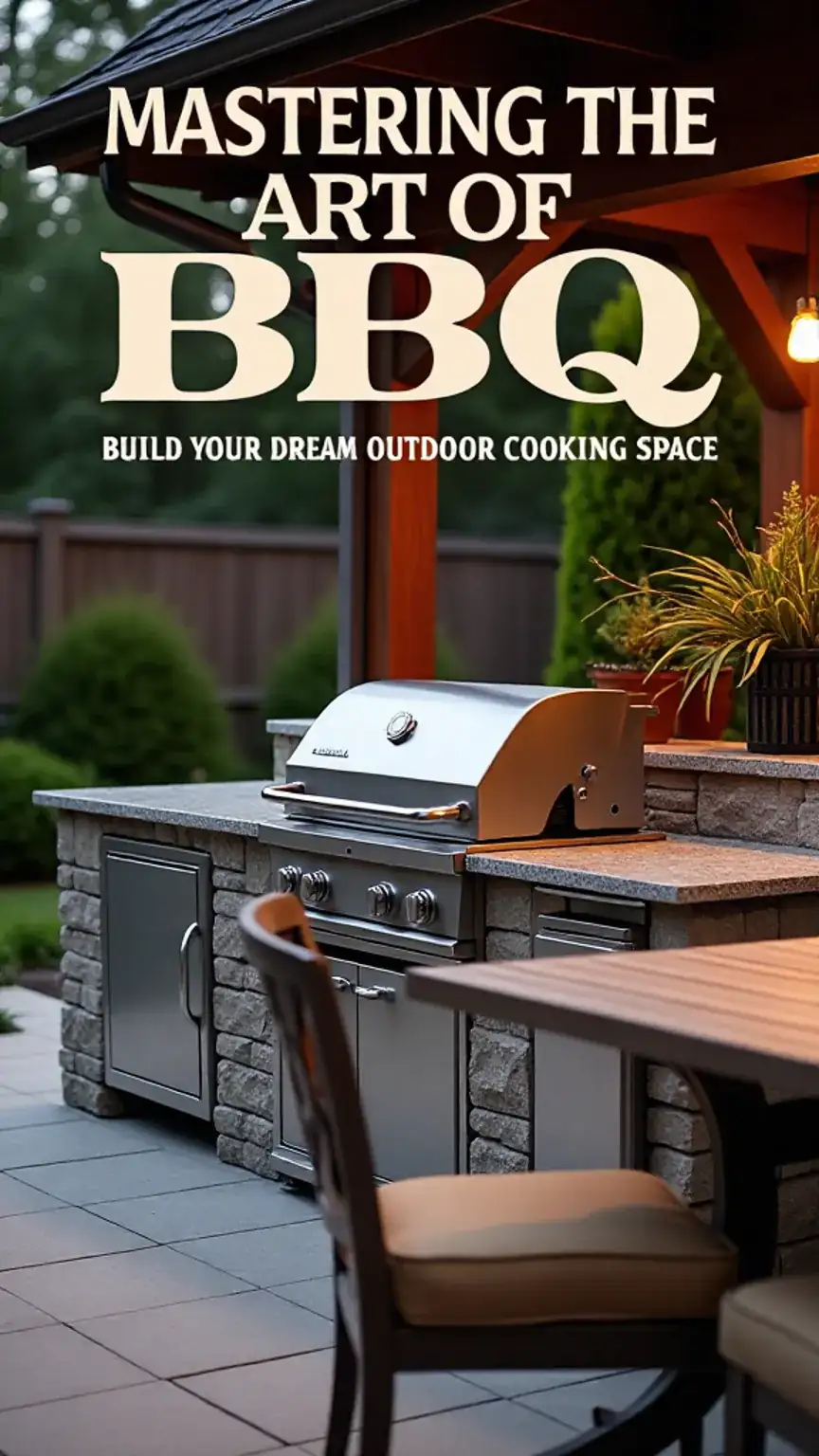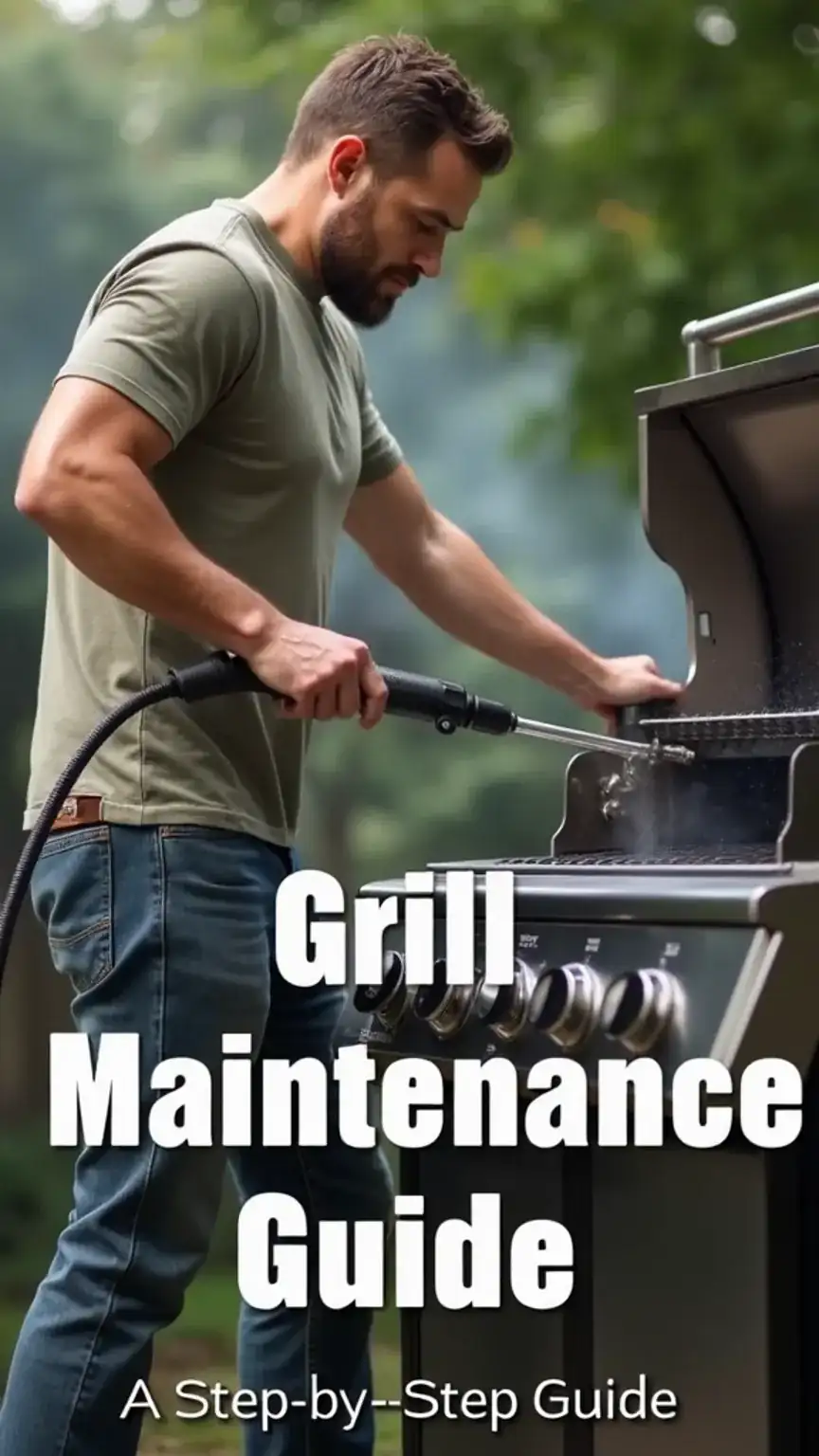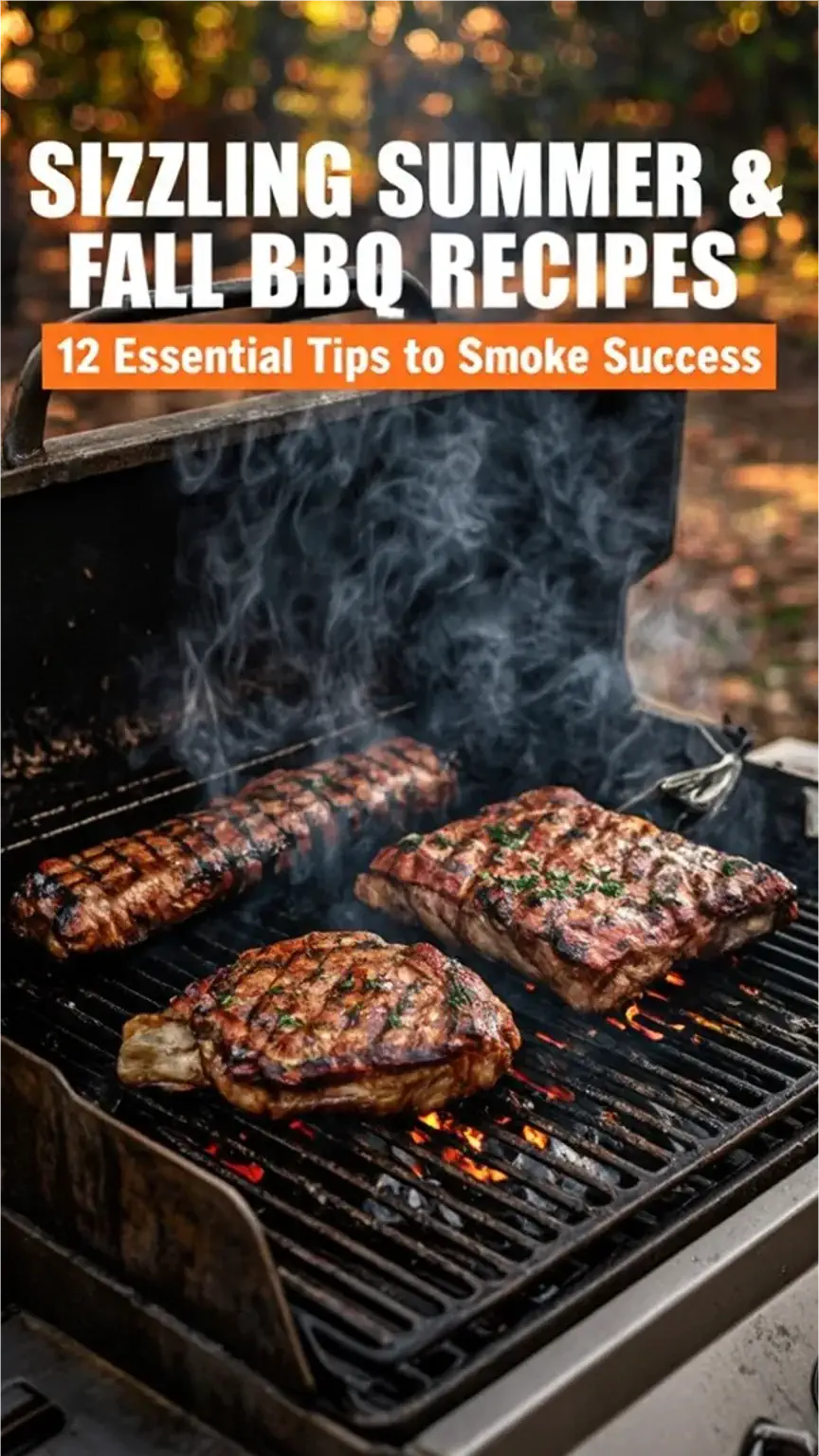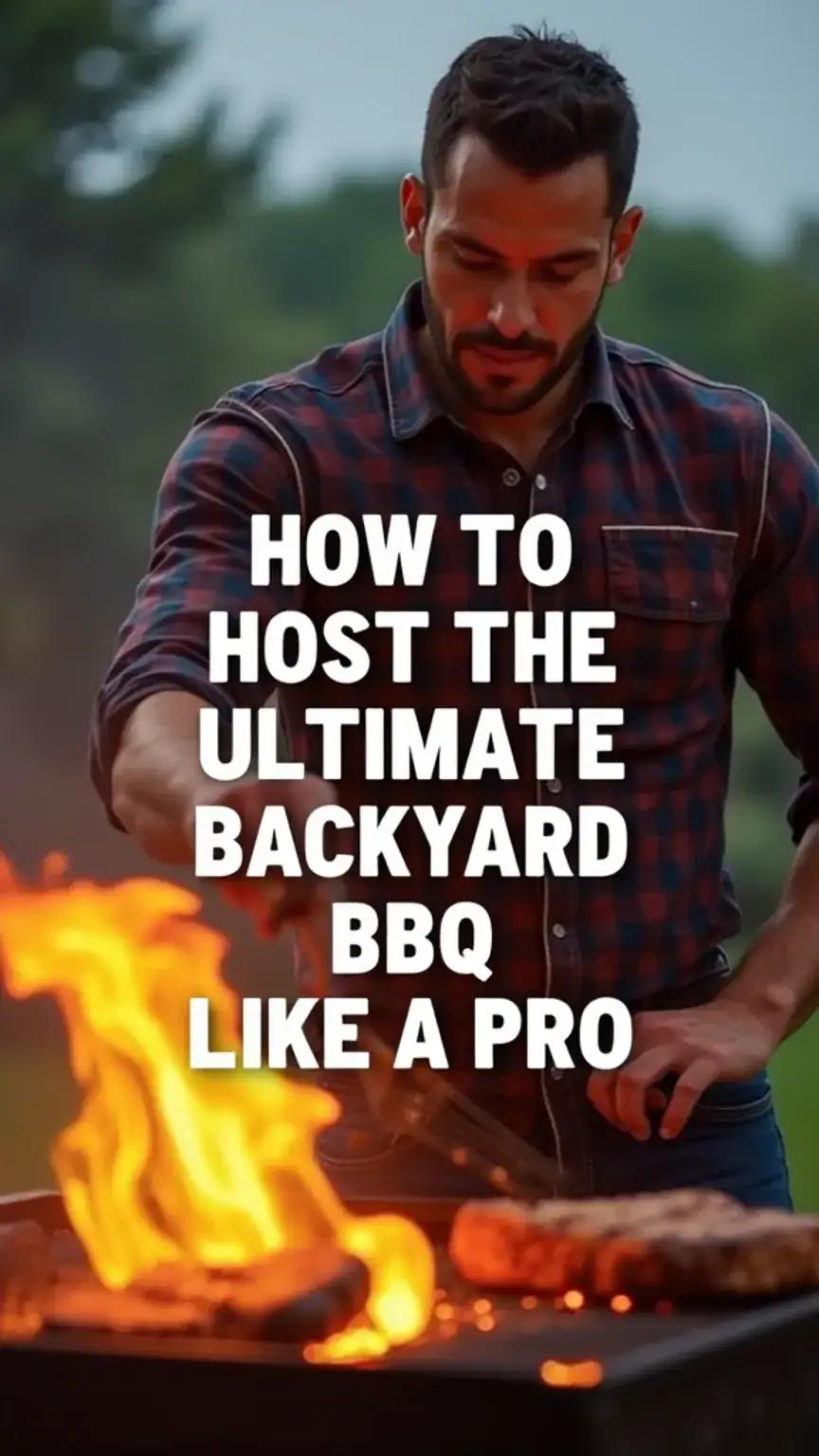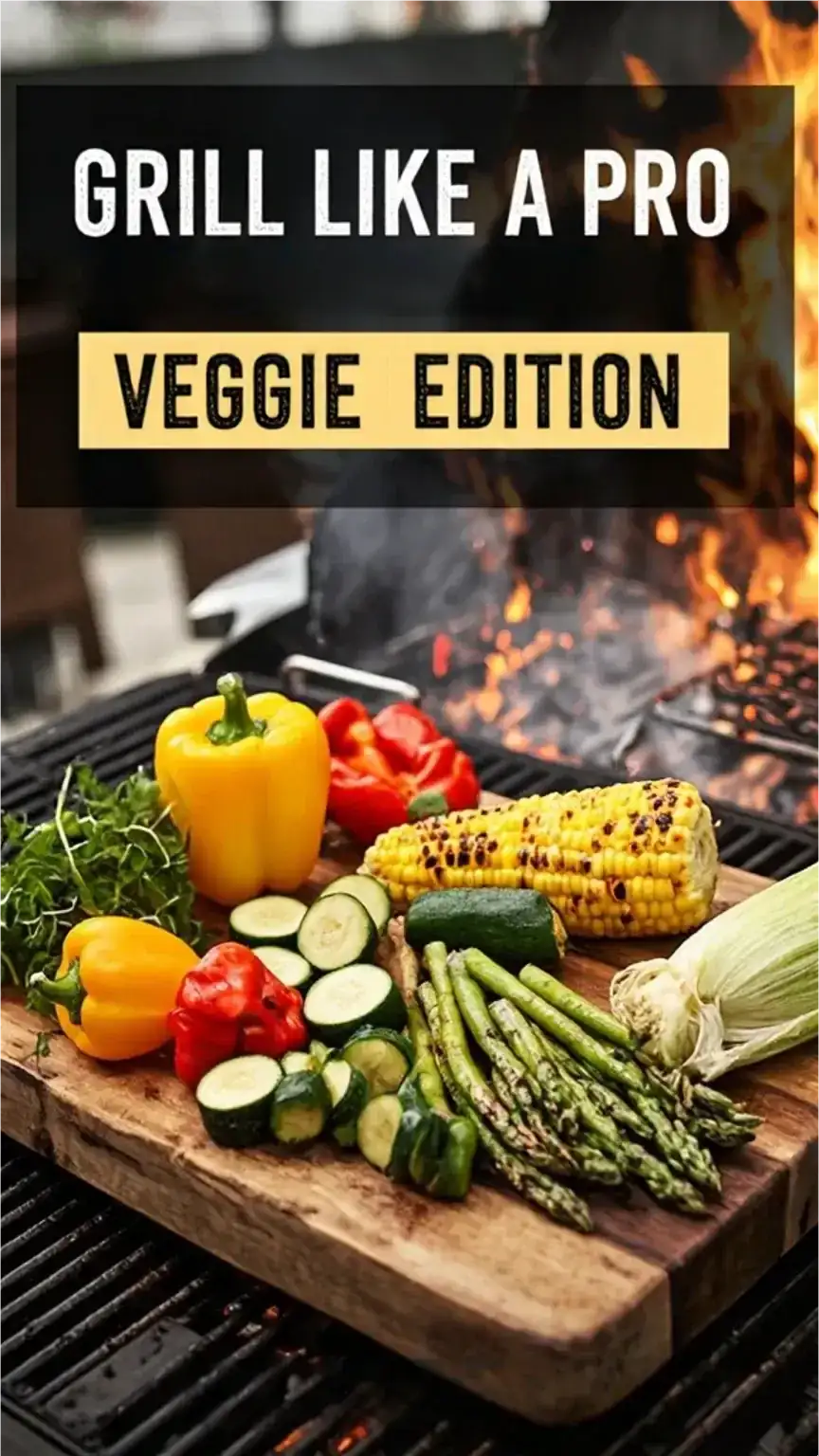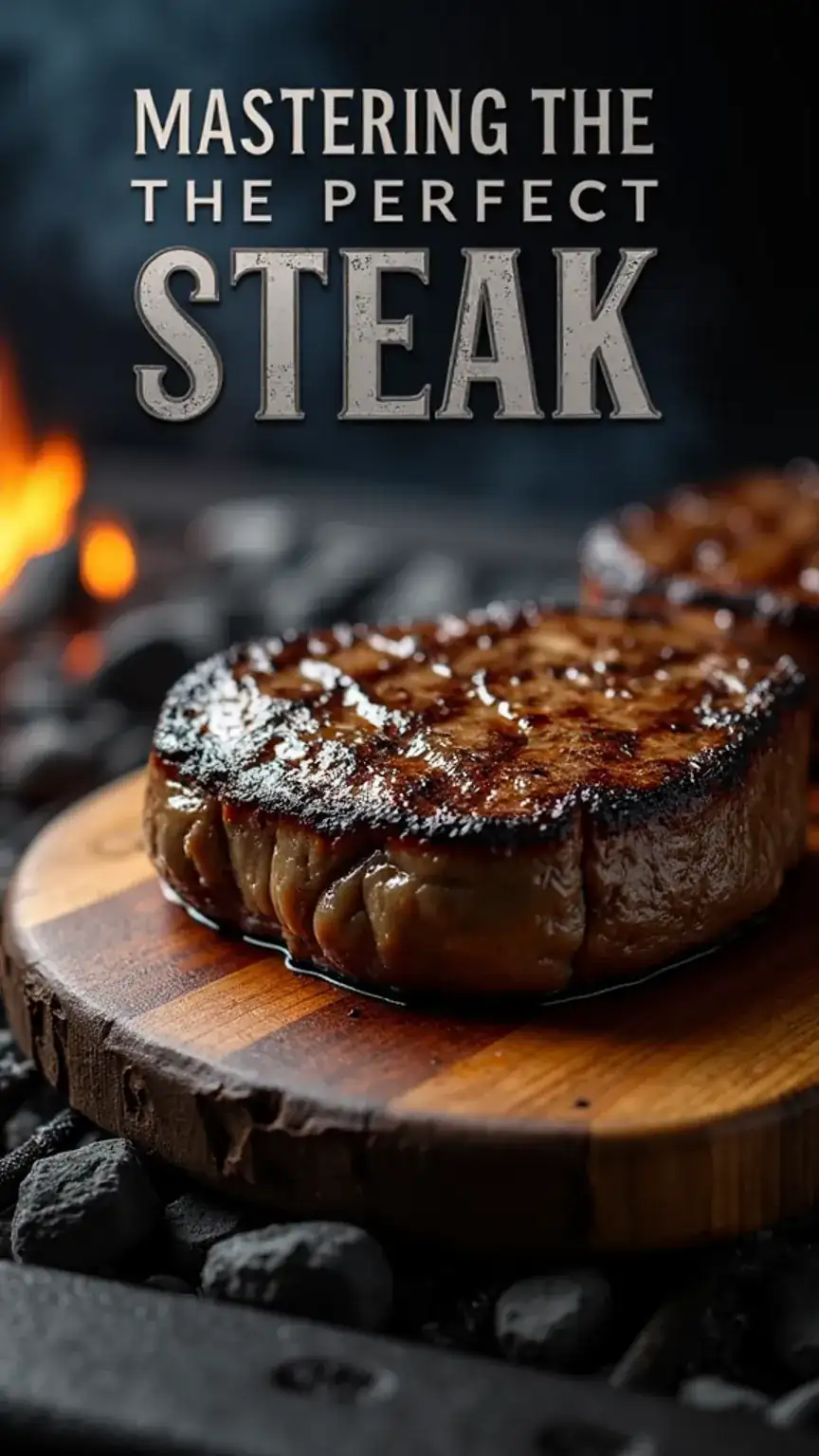Hey there, fellow grill masters and aspiring pitmasters! Mercer Wexley here. Approaching fifty and having spent years navigating the corporate jungle, I’ve learned a thing or two about mastering a craft. And let me tell you, the art of smoking meat is a delicious journey worth embarking on. It’s not just about cooking; it’s about transforming good ingredients into something truly spectacular. However, stepping into the world of smokers can feel like staring at a wall of smoke yourself – confusing and a bit intimidating.
For many of us, the idea of perfectly smoked brisket or tender pulled pork conjures images of backyard glory. But then comes the practical question: which smoker should you actually buy? The sheer variety can make your head spin. You’ve got offset smokers, pellet smokers, kamado grills, electric smokers, and the list goes on. It’s enough to make you want to just stick to burgers. But fear not, because I’ve been in your shoes. I know that feeling of wanting to elevate your grilling game without getting bogged down by complicated equipment.
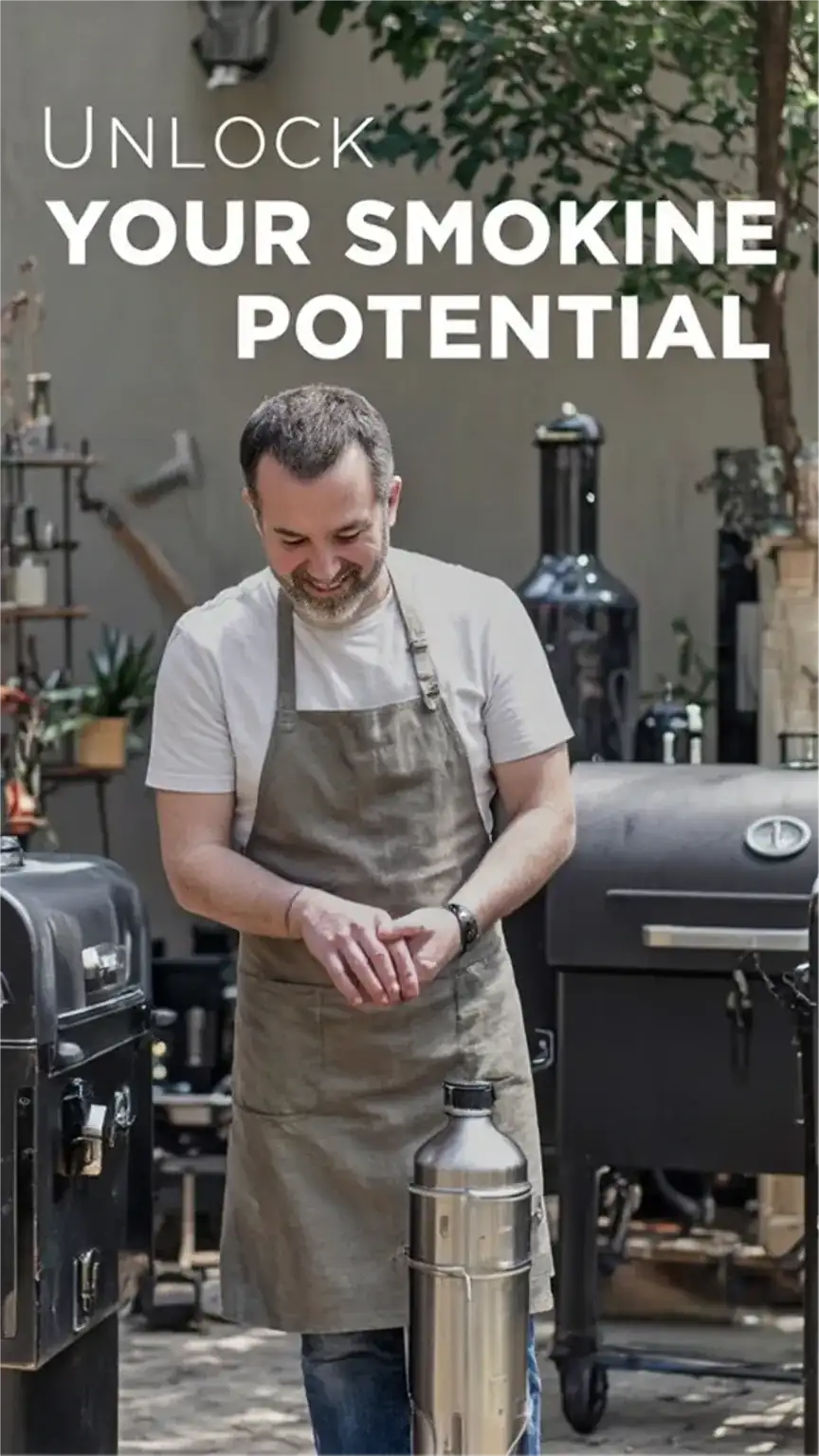
This guide is designed to cut through the noise. We’ll break down exactly what makes a smoker beginner-friendly and then dive into my top picks. Whether you’re a seasoned griller looking to expand your repertoire or a complete novice ready to embrace the smoky side of life, this buyer’s guide is for you. Let’s get you smoking like a pro, pronto.
What to Look for in a Smoker for Beginners
Before we get to the shiny new toys, let’s equip you with the knowledge to make a smart choice. Picking the right smoker isn’t just about brand names; it’s about understanding the fundamental features that will make your smoking experience enjoyable and successful. After all, the goal is delicious results, not a frustrating learning curve.
Here are the key factors you should absolutely consider when choosing your first smoker:
Temperature Control
This is king. A good smoker needs to maintain a consistent temperature, typically between 225°F and 275°F for low-and-slow smoking. Look for models with easily adjustable vents or reliable temperature readouts. For example, a smoker with a built-in thermometer that’s easy to read at a glance will save you a lot of guesswork. Precision here is crucial for tender, flavorful meat.
Size and Cooking Capacity
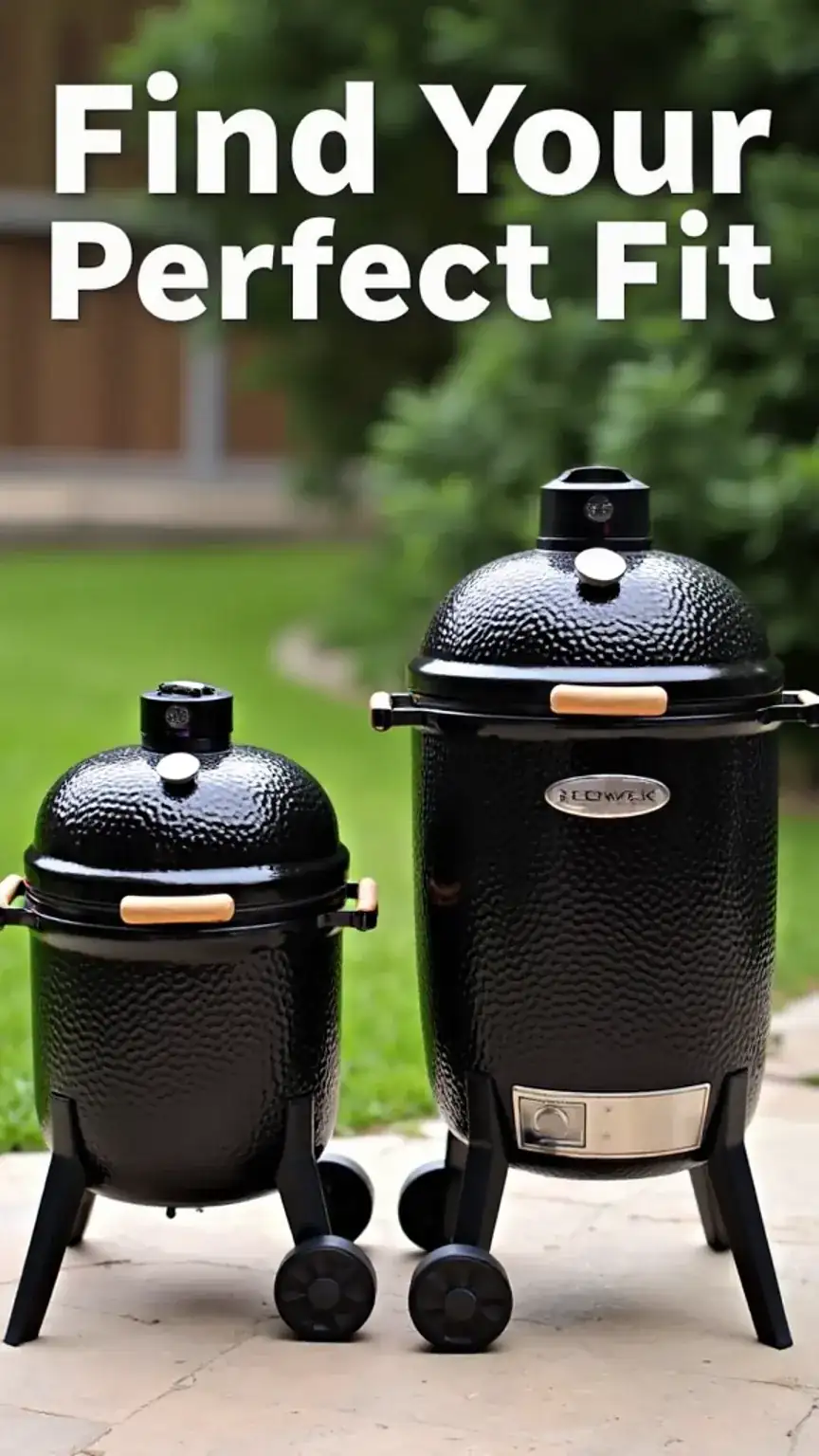
Consider your typical audience. Are you smoking for a cozy family dinner, or do you host epic backyard parties? Smokers vary greatly in their grate surface area. A smaller, compact model might be perfect for a couple or small family, whereas a larger unit is necessary if you frequently cook for a crowd. Also, think about your available patio space.
Fuel Type
This is a big one and often comes down to personal preference and desired flavor profile.
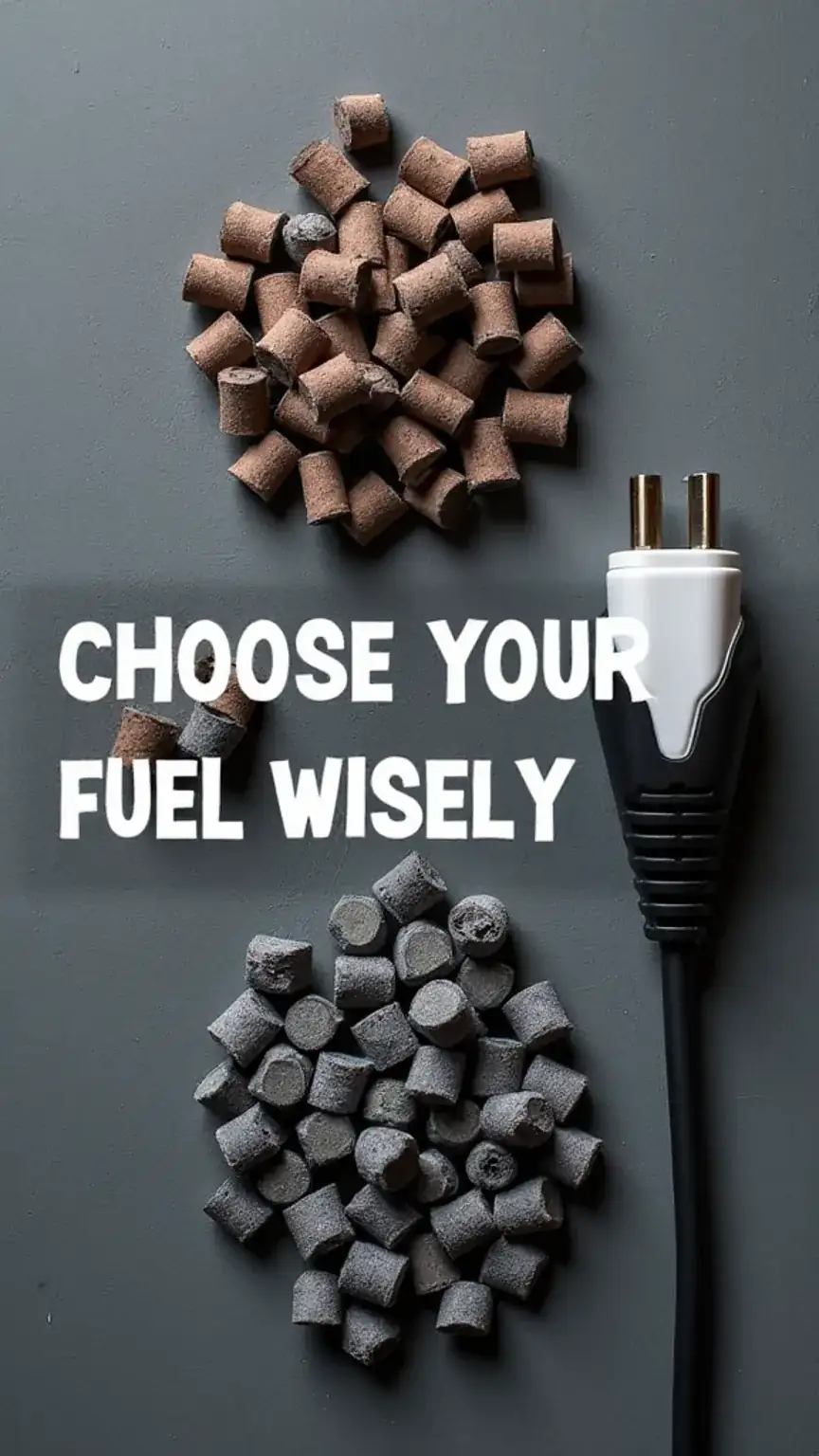
- Charcoal: Offers that classic, smoky flavor many purists crave. It requires a bit more attention to manage temperature but delivers authentic results.
- Wood Pellets: These are incredibly convenient, offering consistent heat and smoke with minimal effort. You simply set the temperature, and the smoker does the rest. Many pellet smokers also offer Wi-Fi connectivity for remote monitoring.
- Gas: While less common for dedicated smokers, some units use propane. They offer ease of use and quick temperature changes but may not impart as much smoky flavor.
- Electric: These are the easiest to use, often plug-and-play. They are great for beginners who want simple operation but might sacrifice some depth of flavor compared to charcoal or wood.
Ease of Use and Maintenance
As a beginner, you want a smoker that’s intuitive. This means straightforward assembly, simple startup procedures, and easy cleanup. Look for features like removable ash catchers or porcelain-coated grates. A complex machine will only add stress to your smoking adventure.
Understanding Temperature Control
Let’s circle back to temperature control, because it’s that important. Achieving the right internal temperature in your smoker is the difference between a perfectly cooked brisket that melts in your mouth and a dry, tough disappointment. For most low-and-slow smoking, you’re aiming for a range of 225°F to 275°F. Some smokers make this easier than others.
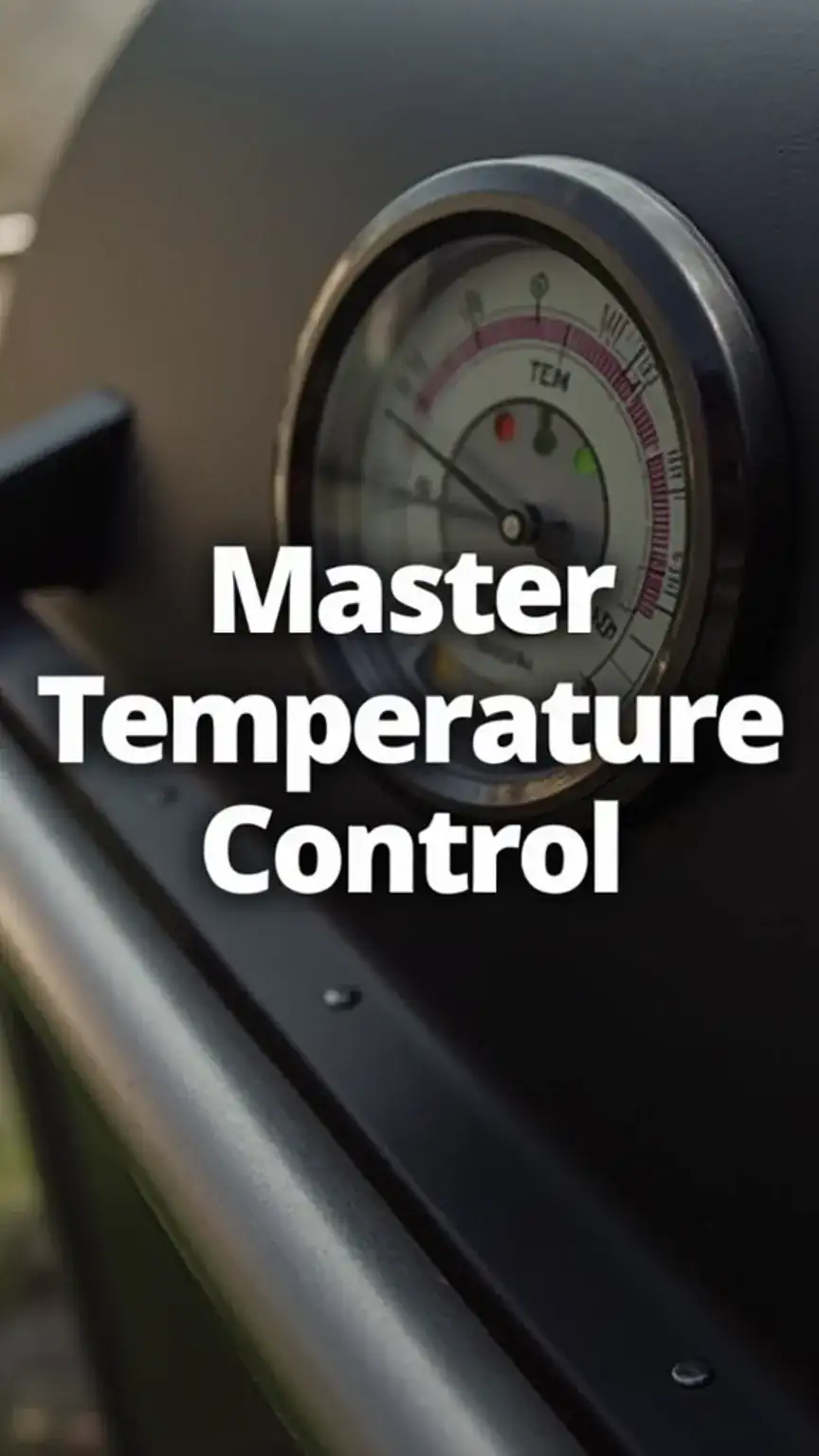
Offset smokers, for instance, require you to manage the fire in a separate chamber. This offers great control over smoke and heat, but it means you’ll be adding wood and adjusting vents more frequently. Pellet smokers, on the other hand, use an automated system. You set your desired temperature, and a digital controller manages the feed of pellets and airflow to maintain it. This level of automation significantly simplifies the process for beginners.
Similarly, electric smokers are often the most hands-off, relying on a heating element and thermostat. While they offer superb ease of use, some enthusiasts find they don’t produce as robust a smoke flavor. Think about how much time and attention you’re willing to dedicate to maintaining your smoker’s temperature. The right choice here will significantly impact your overall satisfaction.
Top 5 Smokers for Beginners
Alright, now that you know what to look for, let’s talk about some fantastic options that won’t overwhelm you. These smokers are chosen for their balance of performance, ease of use, and value, making them perfect entry points into the world of smoking. Trust me, these are the machines that will have your neighbors asking for your secrets.
Here are my top 5 recommendations for the best smokers for beginners:
1. Char-Broil American Gourmet Offset Smoker
This is a classic for a reason. The offset design means the heat and smoke source is separate from the main cooking chamber. This design helps maintain a more consistent temperature and imparts a wonderful smoky flavor. It offers a good amount of cooking space, typically around 150-200 sq. ft., which is ample for most beginner needs. Furthermore, its sturdy construction usually means it can withstand the elements.
- Pros: Great smoky flavor, good temperature control once mastered, decent cooking capacity.
- Cons: Requires more active temperature management than pellet smokers, can be a bit challenging to clean grease buildup.
- Ideal for: Those who want to learn the fundamentals of charcoal and wood smoking and don’t mind a bit of hands-on effort.
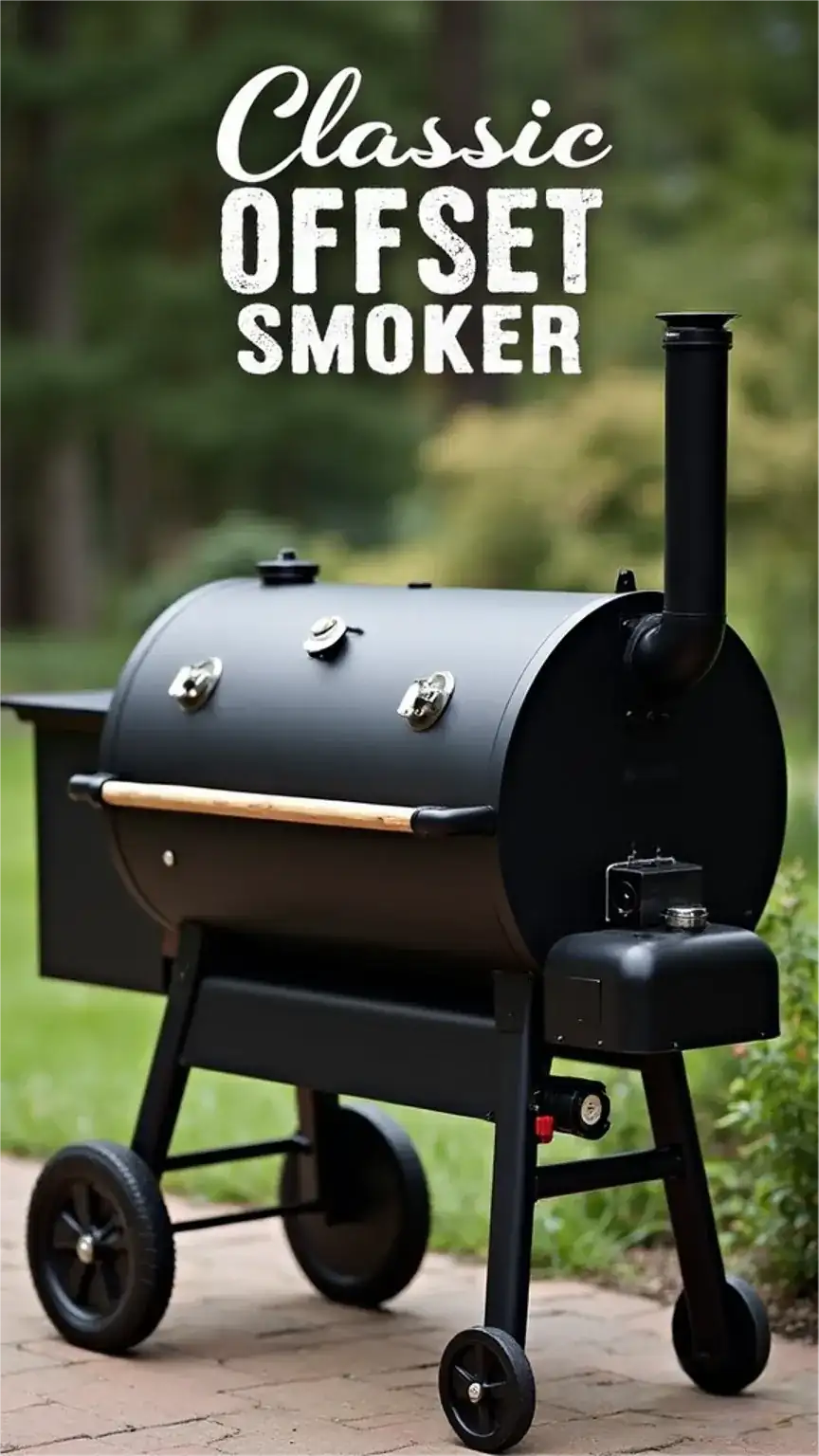
This smoker is a solid workhorse. Its separate firebox allows you to control the smoke and heat more precisely once you get the hang of it. For those who enjoy the ritual of tending a fire, this is an excellent choice. It’s also generally quite affordable, making it an accessible entry point. You can find it at many home improvement stores.
Pro Tip: Use a reliable thermometer to monitor the temperature inside the main chamber. Wood chunks or chips added to the firebox will provide that authentic smoky goodness.
2. Weber Smokey Mountain 22-Inch Smoker
The Weber Smokey Mountain (WSM) is a legendary smoker, and for good reason. It’s a bullet-style smoker known for its incredible ability to hold temperature steady with minimal effort. The 22-inch model offers substantial cooking space, often featuring multiple grates stacked vertically. This makes it ideal for cooking larger cuts of meat or a variety of items simultaneously. Its design is also quite efficient with fuel.
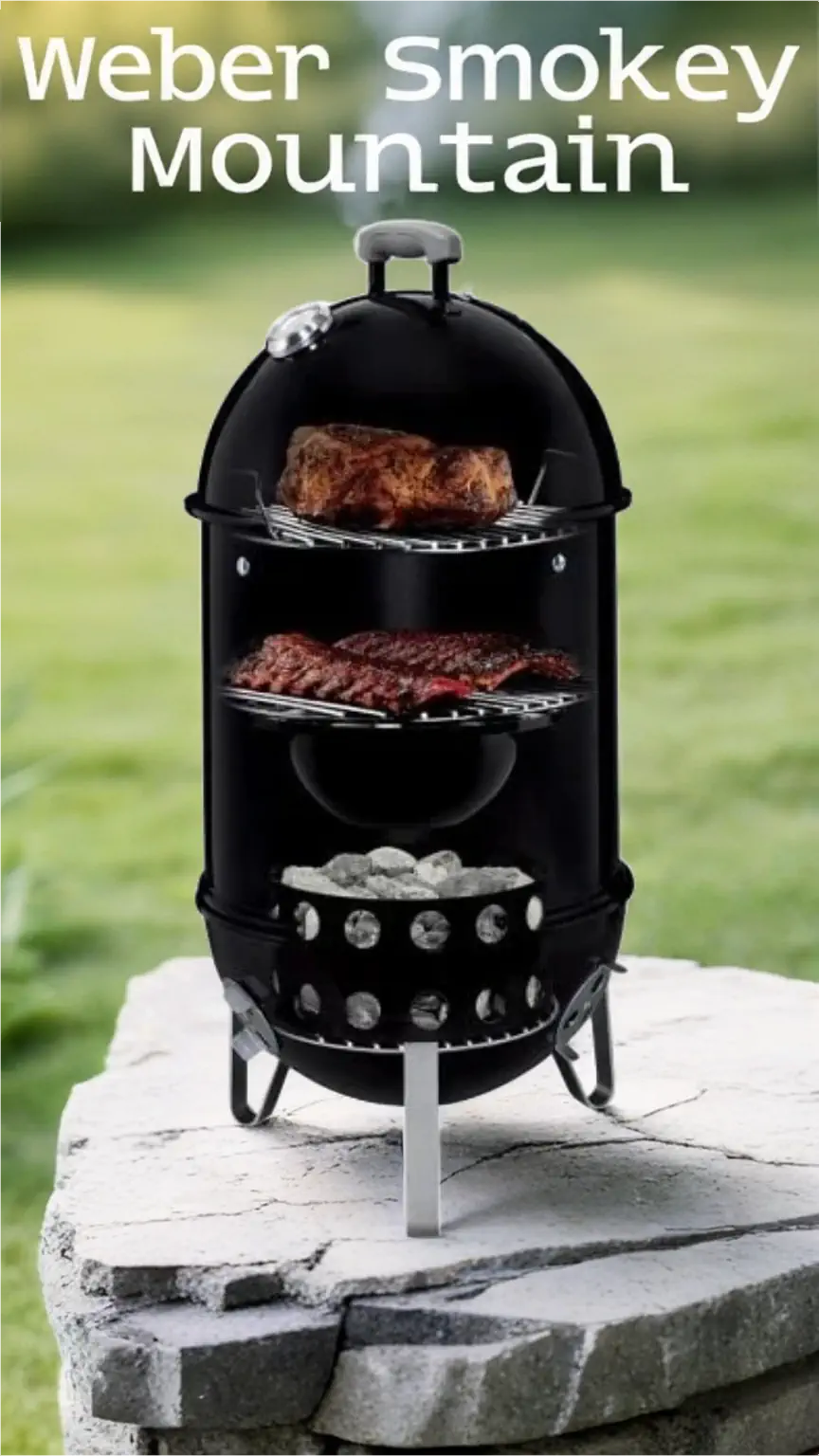
- Pros: Excellent temperature stability, very efficient fuel use, durable construction, good capacity.
- Cons: Can be a bit tall, making access to lower grates tricky for shorter individuals.
- Ideal for: Beginners and experienced smokers alike who value consistent results and ease of use, especially for larger cuts.
Many consider the WSM to be the gold standard for beginner charcoal smokers. Its three-tiered design allows for impressive capacity without taking up excessive horizontal space. The built-in dampers make temperature adjustments straightforward, and its robust build means it will last for years. It’s a true investment in your smoking journey.
Pro Tip: For even better temperature control, consider adding a Guru or DigiQ temperature controller. This will automate fan speed to maintain your set temperature precisely.
3. Green Mountain Grills Daniel Boone Pellet Smoker
For those prioritizing convenience and modern technology, pellet smokers are a game-changer. The Green Mountain Grills Daniel Boone is a prime example. You simply set your desired temperature on the digital controller, load the hopper with wood pellets, and let it do its thing. Many models even offer Wi-Fi connectivity, allowing you to monitor and adjust your cook from your smartphone.
- Pros: Unmatched convenience, precise temperature control, easy to use, often comes with smart features.
- Cons: Relies on electricity, pellet fuel can be more expensive than charcoal, the “smoke” flavor might be perceived as less intense by some purists.
- Ideal for: Those who want a set-it-and-forget-it experience and appreciate modern technology in their grilling setup.
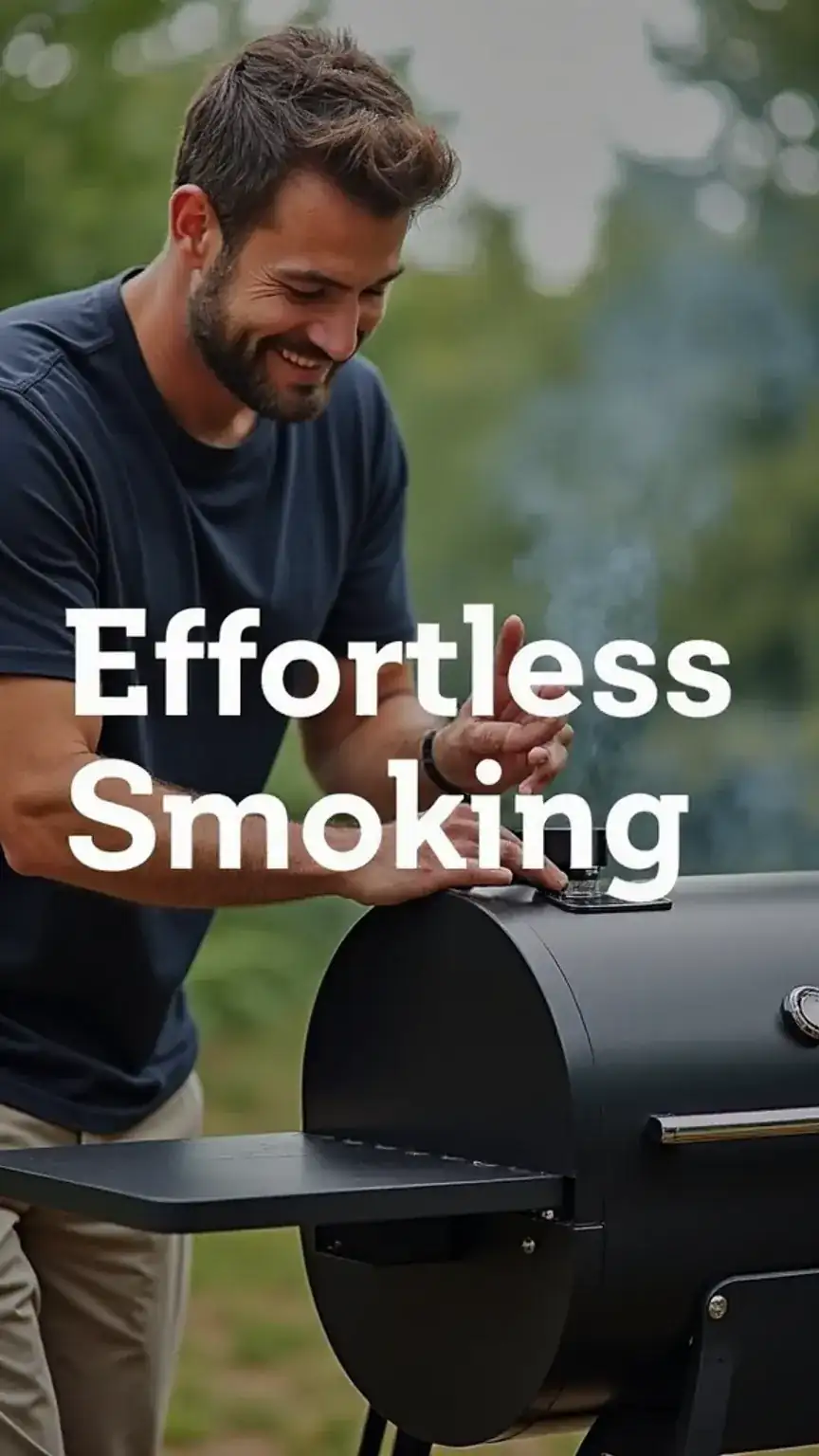
This pellet smoker offers a large cooking area, making it suitable for entertaining. The ability to control your smoker remotely is a significant perk, especially for longer cooks where you might want to step away from the grill. Furthermore, the consistent heat output makes it incredibly forgiving for beginners. It’s a fantastic way to achieve delicious smoked foods with minimal fuss.
Pro Tip: Experiment with different types of wood pellets (hickory, mesquite, apple, cherry) to discover your favorite flavor profiles.
4. Masterbuilt 20070910 Smoke Hollow Smoker
Masterbuilt is a brand known for making smoking accessible, and this model is a great example of their user-friendly approach. It’s often a more compact and budget-friendly option, making it an excellent first step into smoking without a huge investment. These typically feature simple controls and a straightforward design, focusing on ease of operation.
- Pros: Very affordable, easy to set up and use, compact size.
- Cons: Less durable than higher-end models, temperature control can be less precise, smaller cooking capacity.
- Ideal for: Budget-conscious beginners or those with limited space who want to dip their toes into smoking.
This smoker is a fantastic choice if you’re not quite ready to commit to a large, expensive unit. It’s designed for simplicity, often featuring a single-door design and basic temperature regulation. While it might not offer the same level of precision or capacity as other options, it provides a reliable way to learn the basics of smoking. It’s a great way to get those delicious smoky flavors without breaking the bank.
Pro Tip: For better smoke penetration, try using wood chips in a smoker box placed directly on the heat source.
5. PK Grills Boss Offset Smoker
If you’re looking for a premium experience with a robust build and excellent performance, the PK Grills Boss Offset Smoker is a fantastic, albeit higher-end, option. PK Grills are renowned for their cast aluminum construction, which offers superior heat retention and durability. This offset smoker combines classic design with modern engineering for exceptional results.
- Pros: Exceptional build quality, excellent heat retention, classic offset smoking experience, durable.
- Cons: Higher price point, requires more dedicated space than smaller units.
- Ideal for: Enthusiasts who want a top-tier offset smoker with superior craftsmanship and are willing to invest in quality.
This smoker offers a fantastic balance of traditional offset smoking and modern design principles. The cast aluminum body means it heats up quickly and holds that heat like a champ, leading to more consistent smoking temperatures. It provides ample cooking space and a secondary smoking chamber for wood. While it’s an investment, its longevity and performance make it a worthwhile addition to any serious backyard chef’s arsenal.
Pro Tip: The cast aluminum construction means this smoker is also very portable for a unit of its size, making it great for camping trips or tailgating if you have the means to transport it.
Mastering the Smoke: Essential Tips for Beginners
So you’ve picked out your smoker, fantastic! Now, let’s talk about turning that new piece of equipment into a flavor-generating machine. It’s not just about having the right tools; it’s about knowing how to wield them. As a former marketing director, I can tell you that branding is everything, and your backyard BBQ is your personal brand. Let’s make it a 5-star experience.
Here are some crucial tips to help you get the most out of your beginner smoker:
1. Season Your Smoker
Before you cook any food, you need to “season” your smoker. This process cleans it and creates a protective layer of oil. For charcoal or pellet smokers, this usually involves running it at a high temperature (around 300-350°F) for an hour or two with nothing but oil on the grates. Follow your smoker’s manual for specific instructions.
2. Understand Your Temperature Zones
Most smokers, especially offset models, will have hot spots and cooler spots. Learn where these are in your particular smoker. You can use an infrared thermometer for this. For example, you might place fattier cuts like pork shoulder in hotter zones to render fat, and leaner cuts like fish in cooler zones to prevent overcooking.
3. Don’t Fear the Smoke
Smoke is your friend, but too much can be bitter. Aim for thin, blue smoke, not thick, white smoke. Thick white smoke is often a sign of incomplete combustion and can make your food taste acrid. This usually happens when the fire is too cool or the wood is too wet.
4. Use a Water Pan
Many smokers have a designated spot for a water pan, or you can place one on a grate. Filling this with water (or even apple cider, beer, or broth) helps maintain a stable temperature and adds moisture to the cooking environment. This keeps your meats from drying out.
5. Master the “Stall”
For larger cuts like brisket or pork shoulder, you’ll likely encounter the “stall.” This is when the meat’s internal temperature plateaus and stops rising, usually around 150-165°F. It’s caused by evaporative cooling. Don’t panic! This is normal. The best approach is often to wrap the meat tightly in butcher paper or foil (the “Texas crutch”) and continue cooking.
6. Invest in a Good Thermometer
You absolutely need a reliable digital meat thermometer. An instant-read thermometer is essential for checking the internal temperature of your food. A leave-in probe thermometer is also invaluable for monitoring the smoker’s internal temperature and the meat’s temperature simultaneously. Take it from Dave, a 45-year-old accountant who finally nailed his brisket after investing in a quality thermometer.
Fueling the Flavor: Wood Choices
The type of wood you use for smoking dramatically impacts the flavor of your food. Different woods produce different smoke profiles. As a beginner, it’s wise to start with milder woods and work your way up to stronger ones.
Fruitwoods (Apple, Cherry, Peach)
These offer a mild, sweet, and fruity smoke. They are fantastic for pork, poultry, and fish, and are very forgiving for beginners. For example, applewood smoked chicken is incredibly popular.
Nutswoods (Hickory, Pecan)
Hickory provides a strong, classic smoky flavor that pairs exceptionally well with pork and beef. Pecan offers a milder, sweeter smoke that’s great for almost anything.
Hardwoods (Oak, Mesquite)
Oak is a versatile wood, offering a medium-strong smoke that’s excellent for beef, pork, and poultry. Mesquite is very strong and pungent, best used sparingly and for shorter cooks on robust meats like beef brisket.
Remember to use food-grade smoking wood. This typically comes in chunks or pellets. Avoid using lumber scraps or treated wood, as these can release toxic chemicals. Start with a couple of common wood types and see which flavors you enjoy most.
Conclusion
Stepping into the world of smokers doesn’t have to be a daunting task. By understanding the key features like temperature control, size, and fuel type, you can confidently choose a smoker that fits your needs and skill level. Whether you opt for the classic charm of an offset smoker, the reliable performance of a Weber Smokey Mountain, the convenience of a pellet smoker, or a more budget-friendly option, the journey to delicious, slow-smoked meats is well within your reach.
Remember, practice makes perfect. Don’t be discouraged if your first few attempts aren’t flawless. Every cook is a learning experience. Pay attention to how your smoker behaves, experiment with different wood types, and most importantly, enjoy the process and the incredible food you’ll create. Your future self, enjoying perfectly smoked ribs on a sunny afternoon, will thank you.
Ready to own your image as the backyard pitmaster? Start by choosing the smoker that calls to you from this list, and then dive into your first cook! Share your #SmokerUpgrade journey on Pinterest or your favorite socials – we’d love to see what you’re smoking!
